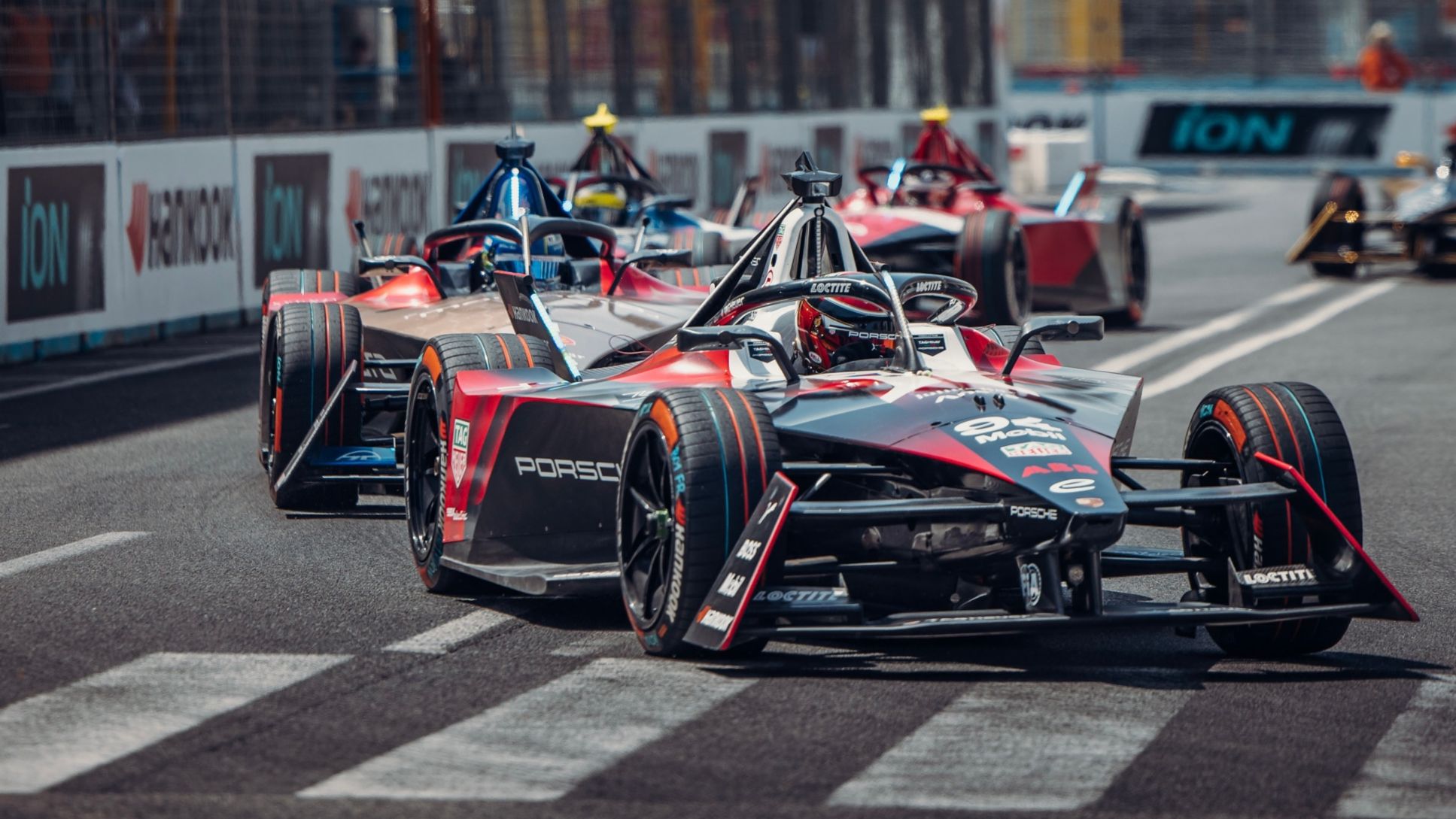While someone argued that the recent Diriyah E-Prix double-header was better than the Mexico race, the lack of action during the event raised concerns.
The Formula E races in Saudi Arabia did feature some competition, including a three-way battle for the win in the opening race and a victory by new championship leader Nick Cassidy in the sequel.
However, these races fell short of becoming memorable classics, with much of the competition characterized by line-astern racing and limited position changes.
Processional races in motorsport are not uncommon, as evidenced by Formula 1’s experiences in the previous season. Despite their less exciting nature, dull races play a role in highlighting the excitement when a truly compelling race occurs.

Formula E faced a conundrum, as last year witnessed races with frequent position changes and numerous overtakes, in stark contrast to the three races held in 2024.
The use of Attack Mode, a mandatory process providing an energy boost for eight minutes, often led to position changes but raised questions about the authenticity of overtaking maneuvers. Some argue it adds manufactured drama, while others view it as a strategic element akin to a pitstop.
The current question revolves around the reasons for the recent dull races. Attack Mode was part of the previous season, and yet the opening races of last year provided generally exciting entertainment.
One significant change is that teams and drivers now have a year of experience with the Gen3 car, maximizing their packages and energy efficiency.
The importance of qualifying has resurfaced in 2024, unlike the previous season where drivers could win from lower grid positions.
The Gen3 car’s aerodynamic drag made leading from the front less advantageous, transforming races into strategic battles resembling cycling, with drivers moving up and down the order to save energy.
However, this dynamic is more pronounced on tracks with high energy management requirements and effective slipstream.
As the calendar progresses with more energy-demanding and wider, faster tracks, the hope is for more entertaining races. Formula E faces the ongoing challenge of striking a balance between processional and excessively dramatic races.
Andretti team principal Roger Griffiths emphasizes the importance of FIA simulations in determining the race dynamics and suggests that more energy management could contribute to more exciting races.
The quest for a balance continues in Formula E, with the goal of maintaining the spectacle that fans desire – hundreds of overtakes throughout a race, creating the captivating experience that has defined the series.

